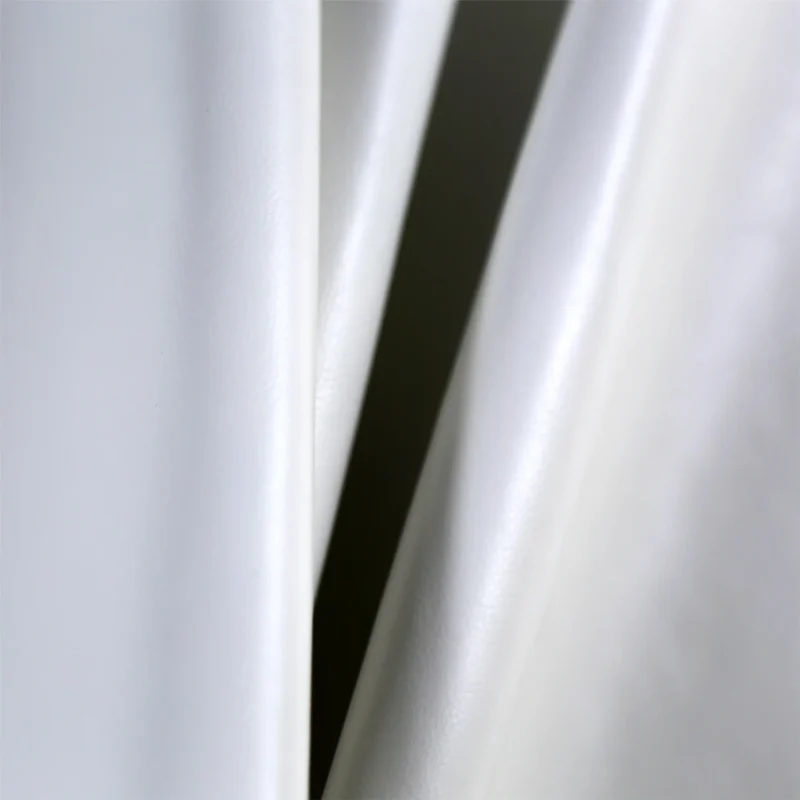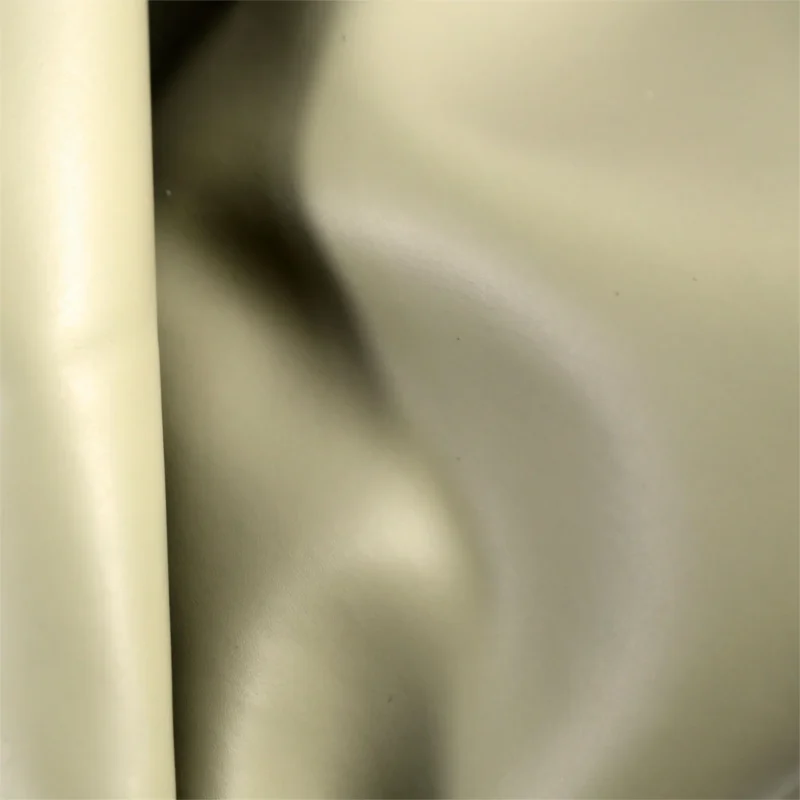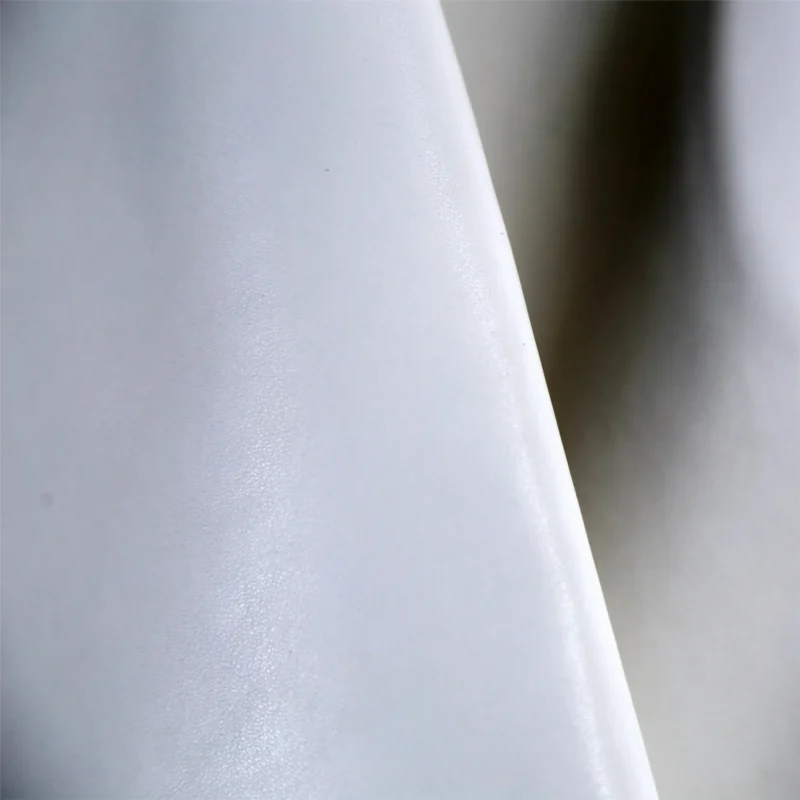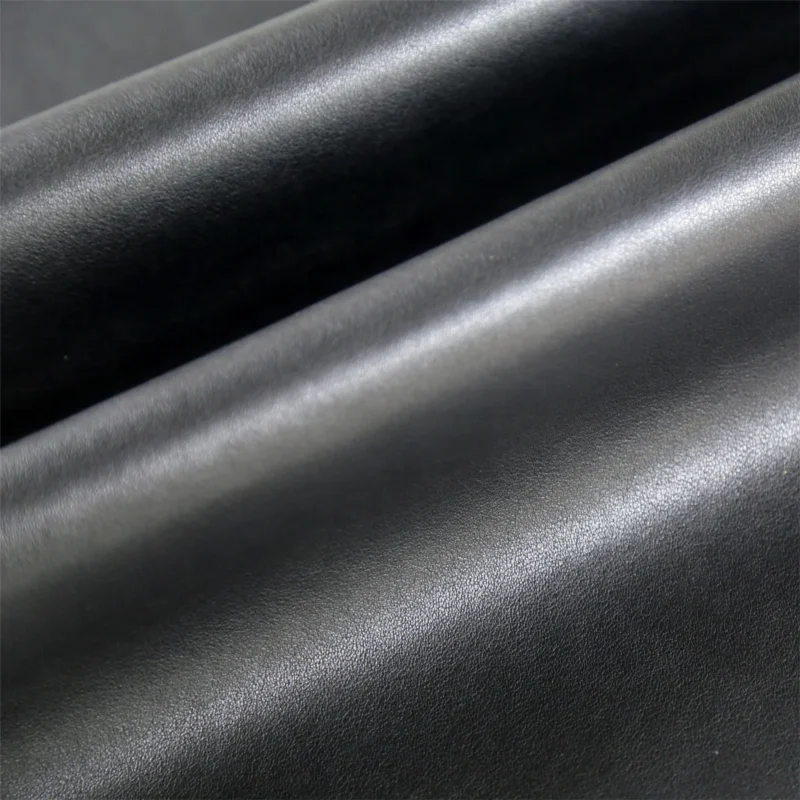
European Parliament members recently proposed to increase the waste reduction targets for the manufacturing sector by at least 20% (instead of 10%), and for retail, restaurants, food services, and households to increase waste reduction targets per capita to 40% (instead of 30%), based on the average data from 2020 to 2022. EU member states should ensure the achievement of these targets at the national level by December 31, 2030.
The new regulations will establish an Extended Producer Responsibility (EPR) scheme, under which operators selling textiles in the EU market will bear the costs of their individual collection, sorting, and recycling. Member states must establish producer responsibility plans within 18 months of the new regulations coming into effect. EU countries need to ensure the collection and preparation for reuse and recycling of textiles by January 1, 2025. The new rules will cover products including footwear, clothing and accessories, blankets, bedding, curtains, hats, mattresses, carpets, and materials related to textiles (such as leather, synthetic leather, rubber, or plastic products).
The European Parliament stated that the EU generates 12.6 million tons of textile waste annually. Clothing and footwear alone produce 5.2 million tons of waste, equivalent to 12 kilograms per person per year. It is estimated that less than 1% of textiles worldwide are recycled.
Member of the European Parliament Anna Zalewska stated, “In terms of textiles, we are including non-domestic products, carpets and mattresses, and similar products sold through online platforms in the responsibility plan, addressing gaps. We will also set targets to reduce textile waste and supervise the export of old textiles. In addition to improving infrastructure to increase collection, it is also necessary to more effectively separate and recycle mixed waste generated in urban areas, so that recyclable items can be sorted out before being sent to incinerators or landfills.”






